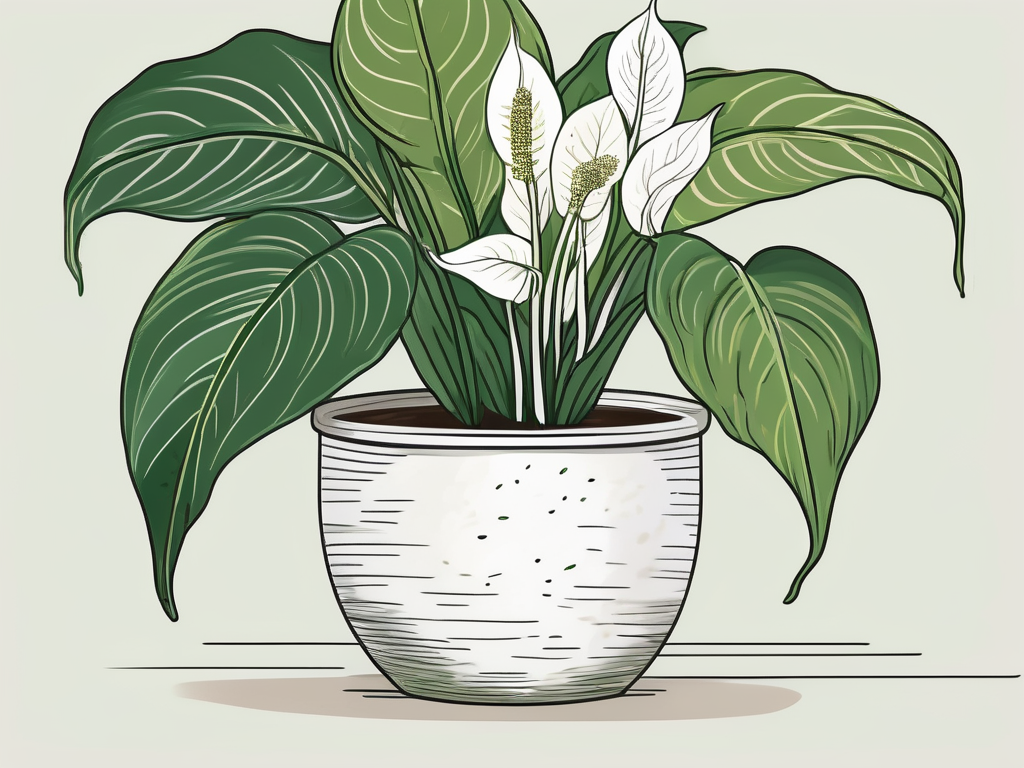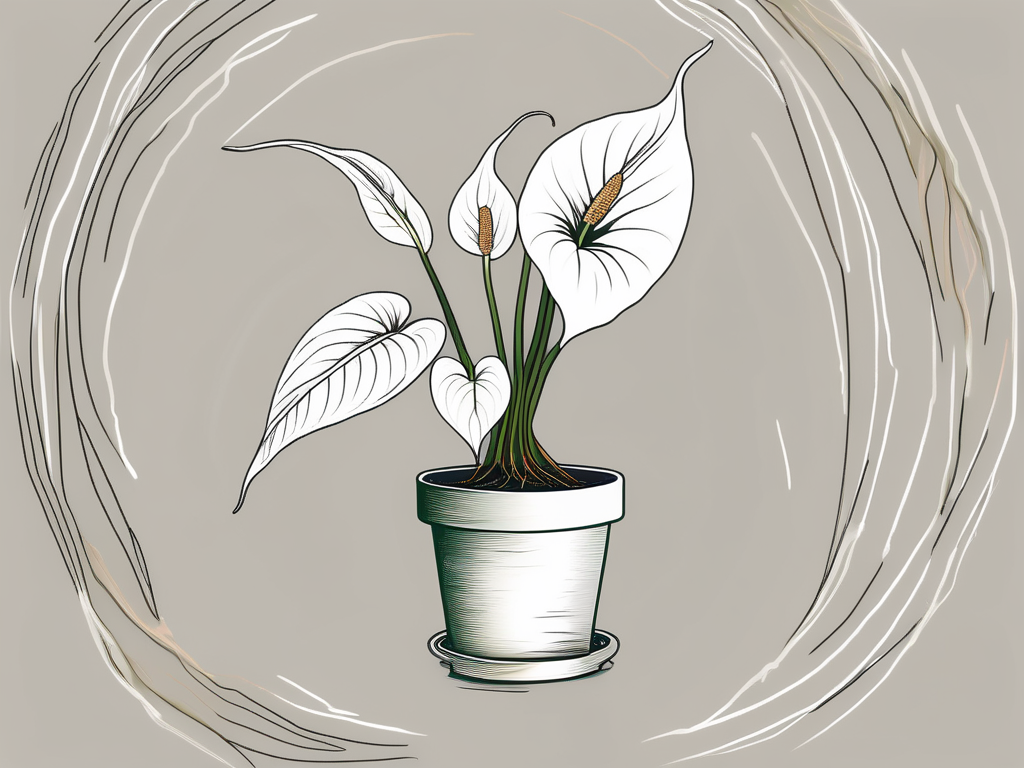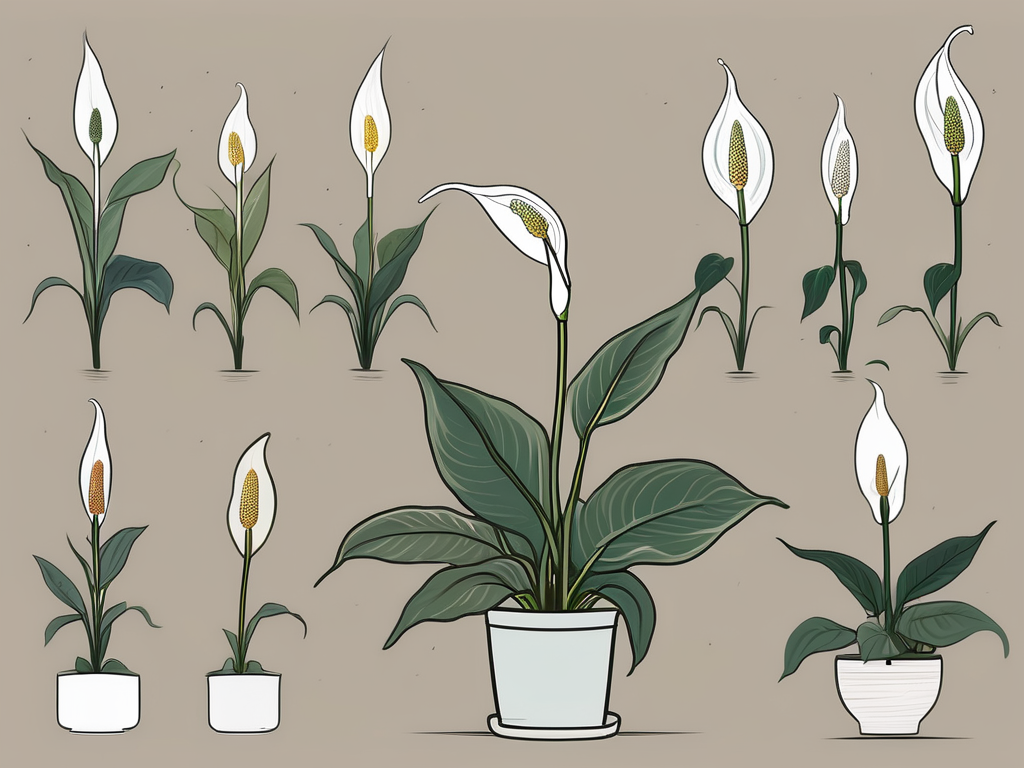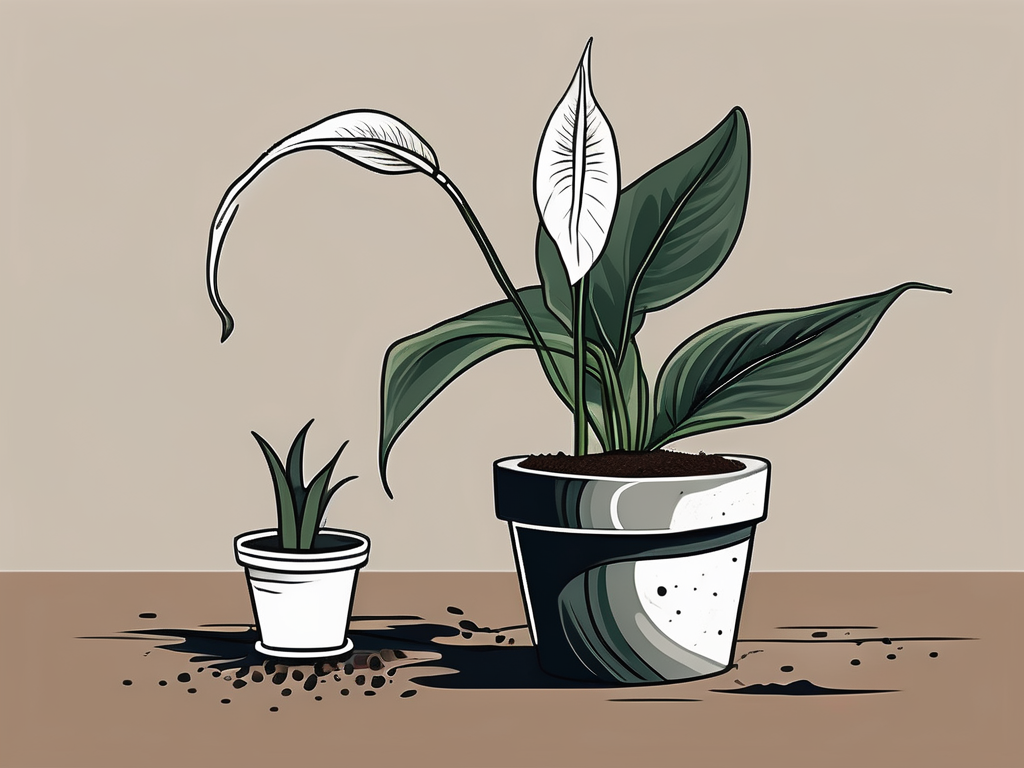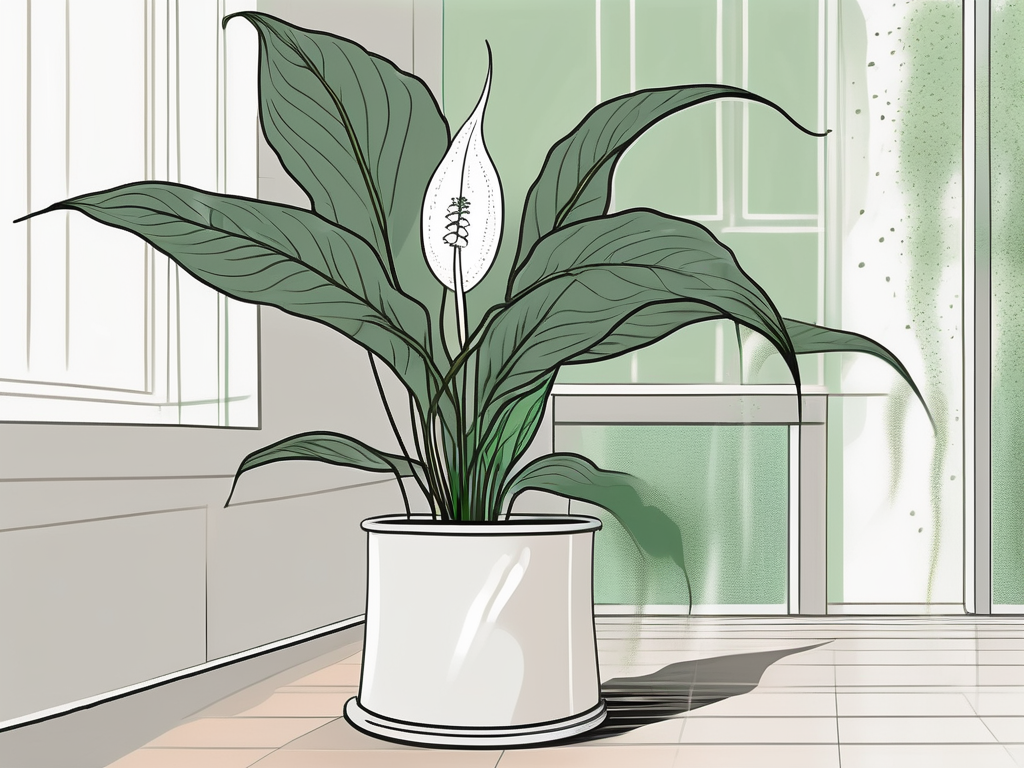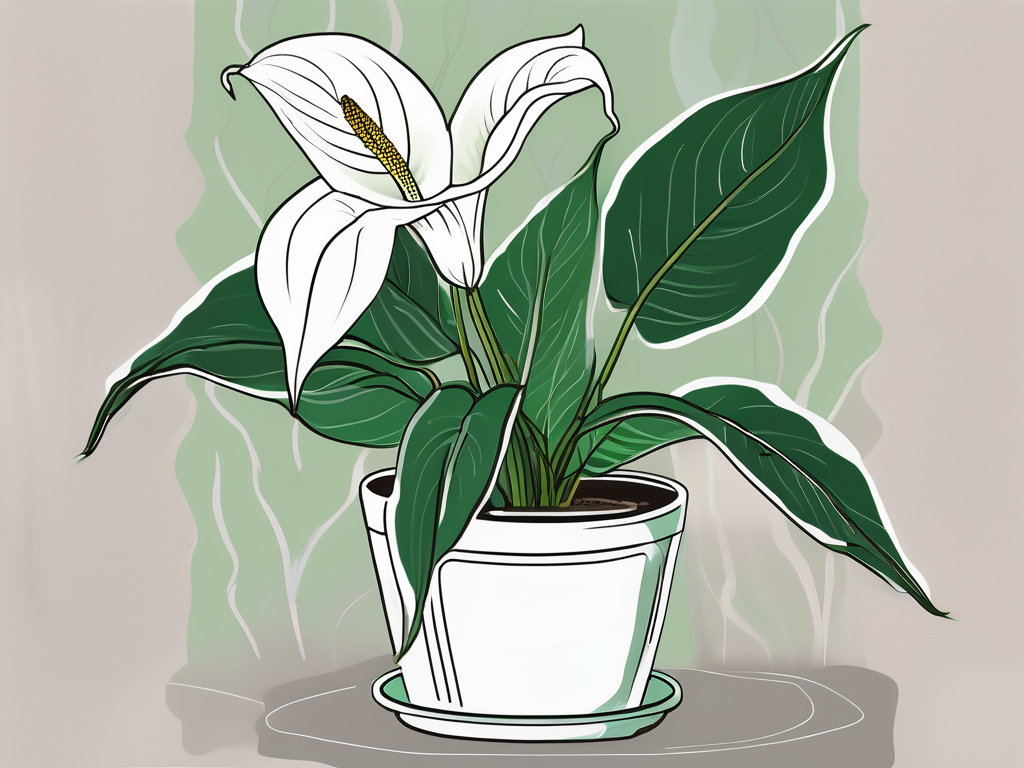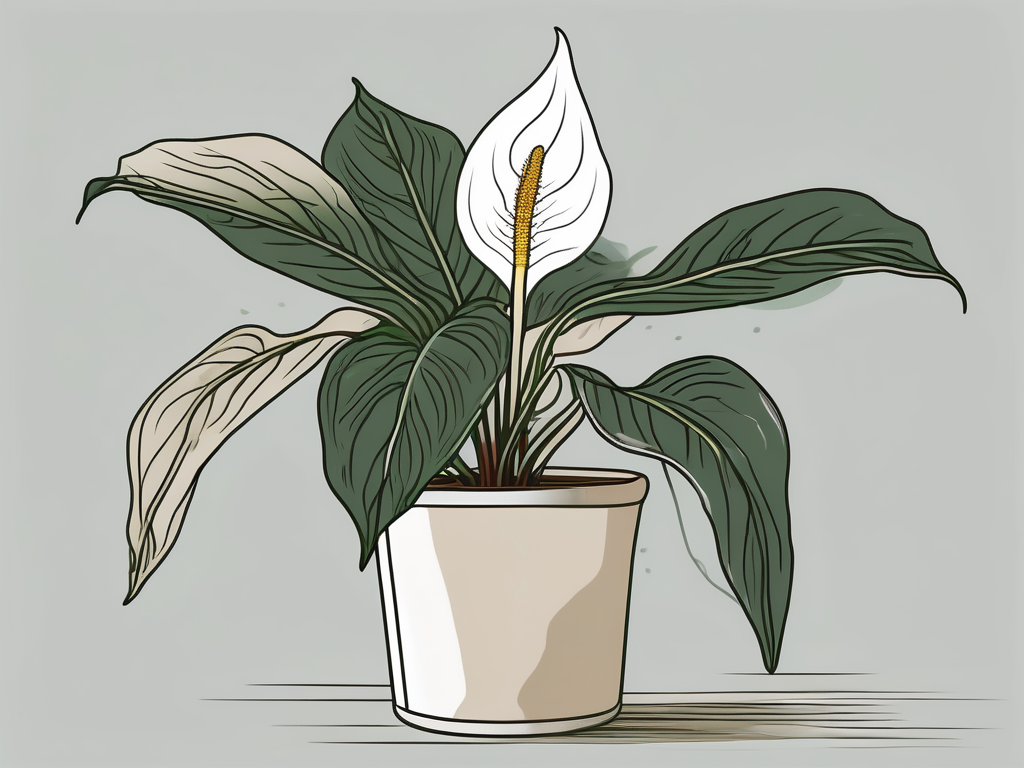
There's something truly enchanting about the peace lily flower. Its graceful white blooms and lush green leaves make it a favorite among plant lovers. Whether you're a seasoned plant parent or someone just beginning to explore the joys of indoor gardening, the peace lily is a wonderful choice for adding a touch of elegance to your home.
In this article, we'll take a closer look at what makes the peace lily so special. We'll explore its care requirements, share tips on how to keep it thriving, and even delve into how you can use it to enhance your interior decor. So, grab a cup of tea, and let's embark on this leafy journey together!
The Charm of the Peace Lily
First things first, let's talk about what makes the peace lily such a beloved plant. Known scientifically as Spathiphyllum, the peace lily is native to the tropical regions of the Americas and Southeast Asia. It's part of the Araceae family, which also includes other popular houseplants like the philodendron and the monstera.
One of the most captivating features of the peace lily is its ability to produce stunning white blooms that resemble a calla lily. These blooms, technically called spathes, emerge from the plant's lush green foliage and can last for weeks. It's this striking contrast between the white flowers and the deep green leaves that makes the peace lily such a standout in any room.
Beyond its beauty, the peace lily is also known for its air-purifying qualities. According to NASA's Clean Air Study, peace lilies can help remove common indoor pollutants like formaldehyde and benzene from the air. So, not only does it look good, but it's also working hard to keep your home's air fresh and clean.
Getting to Know Your Peace Lily
Before diving into care tips, it's helpful to understand a bit more about the peace lily's natural habitat. This knowledge will guide you in creating the right environment for your plant to thrive.
Peace lilies naturally grow in the understory of tropical rainforests, where they enjoy consistent moisture and filtered sunlight. This means they prefer indirect light and a bit of humidity. If you can recreate these conditions in your home, your peace lily will be a happy camper.
When choosing a spot for your peace lily, aim for a location with bright, indirect light. A north or east-facing window is often ideal. If you notice the leaves starting to yellow, it could be a sign that your plant is getting too much direct sunlight. On the flip side, if the leaves become dark or droopy, your peace lily might be craving more light.
Temperature-wise, peace lilies are quite forgiving. They do well in standard indoor temperatures, ideally between 65-85°F (18-29°C). Just be sure to keep them away from cold drafts or sudden temperature changes, which can cause stress to the plant.
Watering Your Peace Lily
Watering is one of the most crucial aspects of peace lily care, and it's where many plant parents tend to get tripped up. The key is to strike a balance—peace lilies like their soil to be consistently moist, but they don't appreciate sitting in waterlogged conditions.
A good rule of thumb is to water your peace lily when the top inch of soil feels dry to the touch. You can check this by simply sticking your finger into the soil. If it feels dry, it's time to water. Be sure to use room temperature water, as cold water can shock the plant's roots.
When watering, give your peace lily a thorough soak, allowing excess water to drain out of the bottom of the pot. This ensures that the water reaches the roots and prevents it from accumulating at the bottom, which can lead to root rot—a common issue for overwatered plants.
On the other hand, underwatering can cause your peace lily's leaves to droop and become dry. If you notice this happening, don't panic! Peace lilies are hardy and will often bounce back with a good drink of water.
Feeding and Fertilizing
Like most houseplants, peace lilies benefit from a little extra nourishment now and then. Fertilizing helps support healthy growth and encourages more frequent blooming. However, it's important not to overdo it, as too much fertilizer can lead to salt buildup and damage the plant.
During the growing season, which typically runs from spring through early fall, you can feed your peace lily with a balanced, water-soluble fertilizer every 6-8 weeks. Look for a fertilizer with an equal ratio of nitrogen, phosphorus, and potassium, such as a 10-10-10 formula.
When applying fertilizer, always follow the instructions on the package. It's generally a good idea to dilute the fertilizer to half strength to avoid burning the plant's roots. If you're unsure whether your peace lily needs feeding, look for signs like slow growth or fewer blooms.
In the winter months, peace lilies enter a period of dormancy, so you can reduce or even stop fertilizing altogether until the growing season resumes.
Repotting Your Peace Lily
Peace lilies tend to grow relatively slowly, but they will eventually outgrow their pots. When this happens, it's time to repot. Repotting not only gives your peace lily more room to grow, but it also refreshes the soil, providing renewed nutrients.
You might notice it's time to repot if roots are poking out of the drainage holes or if the plant's growth seems stunted. Ideally, you'll want to repot your peace lily every 1-2 years, or whenever it looks like it could use a little more space.
To repot, select a pot that's one size larger than the current one. Make sure it has drainage holes to prevent water from accumulating at the bottom. Fill the new pot with fresh potting mix, ideally one that's rich in organic matter and retains moisture well.
Gently remove the peace lily from its current pot, taking care not to damage the roots. Place it in the new pot, fill in around the sides with soil, and water thoroughly. Repotting can be a bit of a delicate process, but with a little patience, your peace lily will soon be thriving in its new home.
Dealing with Pests and Problems
Though peace lilies are generally low-maintenance, they can occasionally encounter pests or other issues. Common pests include spider mites, mealybugs, and aphids. Luckily, these can typically be managed with a bit of vigilance and some simple home remedies.
If you notice any unwelcome visitors, you can try washing them off with a gentle spray of water. For more stubborn infestations, a mixture of water and mild dish soap can be effective. Just spray the solution on the affected areas and wipe it down with a damp cloth.
In terms of other problems, one of the most common issues is root rot, usually caused by overwatering. Symptoms include yellowing leaves and a mushy stem. If you suspect root rot, it's important to act quickly. Remove the plant from its pot, trim away any damaged roots, and repot in fresh, well-draining soil.
Remember, a little attention goes a long way in keeping your peace lily healthy. Regularly check the leaves and soil, and don't hesitate to make adjustments to your care routine if something seems off.
Using Peace Lilies in Interior Design
Now that we've covered the basics of peace lily care, let's talk about how to incorporate this beautiful plant into your home decor. The peace lily's elegant appearance makes it a versatile choice for a wide range of interior styles.
For a classic look, you can't go wrong with a peace lily in a simple white pot. This minimalist approach highlights the plant's natural beauty and creates a clean, calming atmosphere. Alternatively, consider placing your peace lily in a decorative pot with bold patterns or colors to add a touch of personality to your space.
Peace lilies do well as stand-alone statement pieces, but they also pair beautifully with other plants. Try grouping your peace lily with a mix of plants of varying heights and textures to create a lush, layered effect. This can be especially effective in a corner of a room or on a plant shelf.
If you're short on space, think vertically! Peace lilies can thrive on elevated plant stands or hanging planters, bringing greenery to eye level and adding dimension to your decor.
Benefits Beyond Beauty
While peace lilies are undoubtedly beautiful, they offer benefits beyond their aesthetic appeal. As mentioned earlier, these plants are excellent air purifiers, making them a practical choice for improving indoor air quality.
Peace lilies are particularly effective at removing pollutants like ammonia, benzene, and formaldehyde, which can be found in various household items and building materials. By absorbing these toxins, peace lilies contribute to a healthier living environment.
Additionally, having plants like peace lilies in your home can have a positive impact on your mental well-being. Studies have shown that being around plants can reduce stress, boost mood, and even improve concentration. So, not only does your peace lily look great, but it also helps you feel great, too!
Peace Lily Varieties to Consider
While the classic peace lily is a popular choice, there are several varieties to explore, each offering its own unique charm. Here are a few to consider:
- Domino: Known for its striking variegated leaves, the Domino peace lily features a mix of green and white patterns that add a touch of flair to any collection.
- Sensation: As the largest variety of peace lily, Sensation can grow up to 6 feet tall, making it a true statement piece for those with ample space.
- Mauna Loa: This variety is prized for its large, glossy leaves and abundant blooms, making it a standout choice for any plant lover.
Each of these varieties has similar care requirements to the standard peace lily, so feel free to mix and match to suit your style and space.
Creating a Peaceful Ambiance
Finally, let's talk about how peace lilies can contribute to creating a peaceful and inviting atmosphere in your home. Their serene appearance and calming energy make them ideal for spaces dedicated to relaxation and reflection.
Consider placing a peace lily in your bedroom to promote a restful environment. Its air-purifying qualities can help ensure a good night's sleep, while its gentle presence adds a sense of tranquility.
Peace lilies also work wonderfully in meditation or reading nooks, where their peaceful aura can encourage mindfulness and focus. By incorporating peace lilies into these spaces, you create a haven where you can unwind and recharge.
Incorporating peace lilies into your home is not just about aesthetics; it's about fostering a sense of harmony and well-being in your living space.
Final Thoughts
The peace lily is a remarkable plant that combines beauty, practicality, and ease of care. From its stunning blooms to its air-purifying abilities, it's no wonder this plant is a favorite among plant lovers. Whether you're looking to brighten up a room or create a healthier indoor environment, the peace lily has something to offer.
At Cafe Planta, we believe that plants have the power to bring people together and inspire us to connect with nature and each other. Whether you're an experienced plant parent or just starting out on your plant journey, we're excited to share our love of plants with you. Feel free to email us at parisa@cafeplanta.com or DM us on Instagram if you have any questions!














